Vermilion star
Mediaster aequalisThe second word in this sea star's scientific name, aequalis, means “equal” in Latin and is a reference to the five evenly-shaped rays (or arms) exhibited by this species.
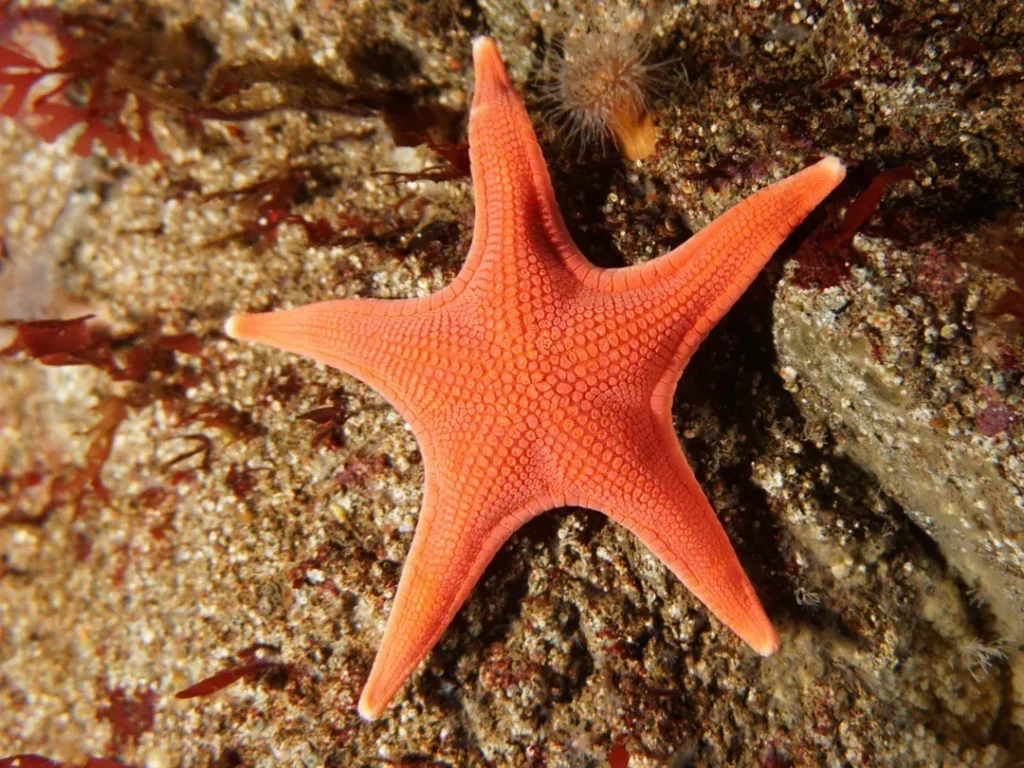
The second word in this sea star's scientific name, aequalis, means “equal” in Latin and is a reference to the five evenly-shaped rays (or arms) exhibited by this species.

These fish are typically seen in loose groups in relatively shallow waters—near eelgrass beds, pilings or other human-made structures, and often nibbling on barnacle tentacles.
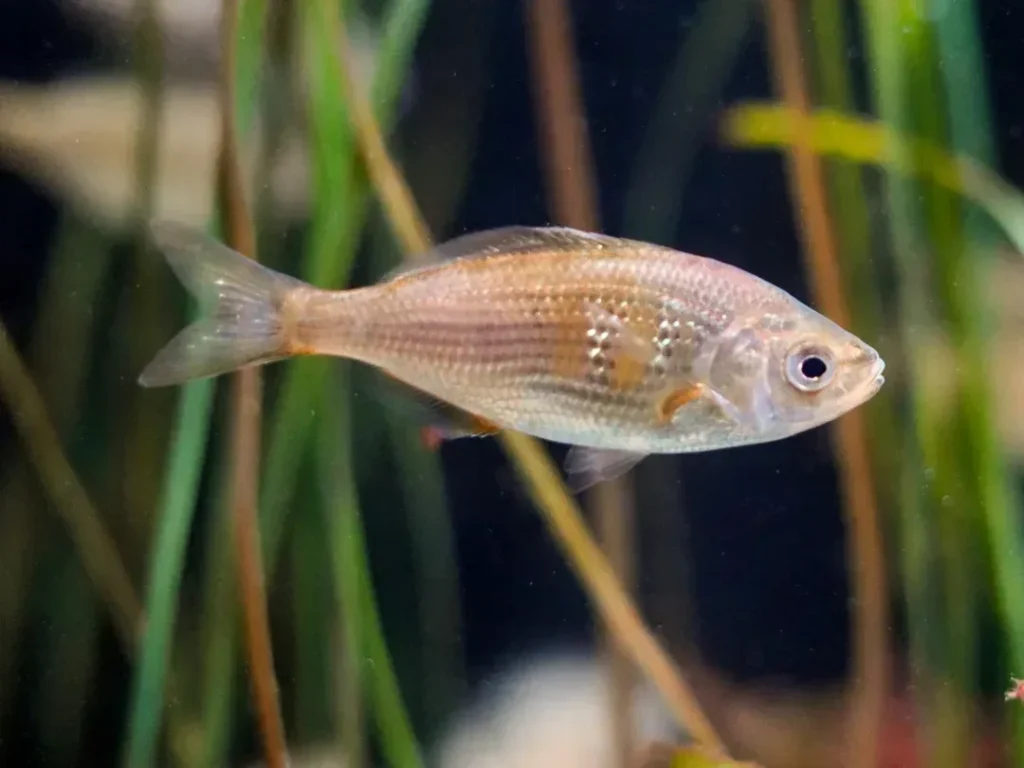
These crabs are named for their rostrum (beak-like projection on the head) with two “horns.” Their carapace (shell) is often decorated with sponges and other small marine animals.
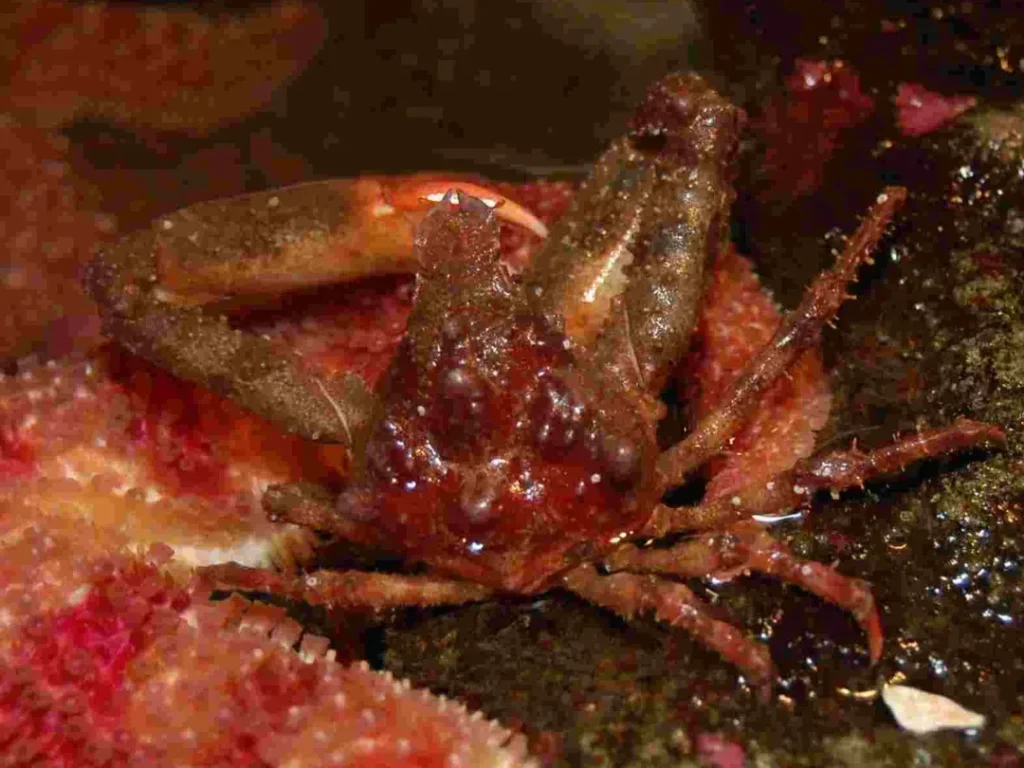
Native to the Pacific coast, this anemone species is one of the largest in the world, capable of growing up to nearly 10 inches tall with a diameter of more than 3 feet!
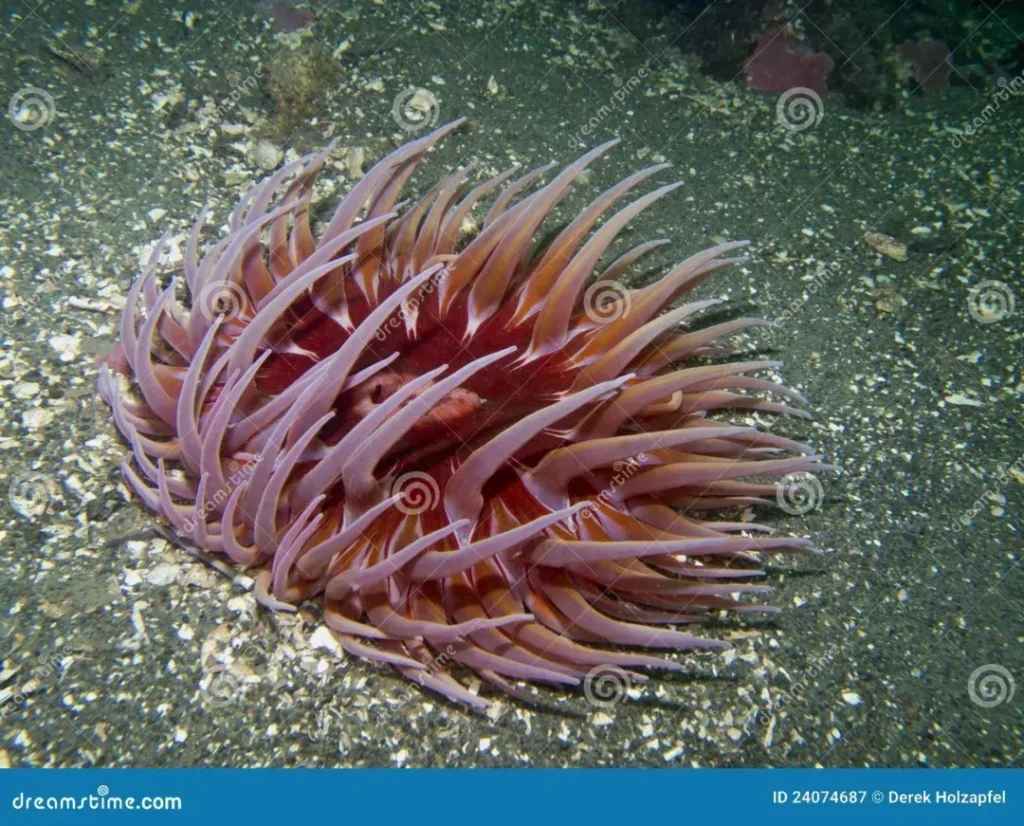
Pygmy rock crabs tuck themselves into holes, crevices or shells—or under rocks—then use their bodies to block the opening to their shelter and protect themselves from predators.
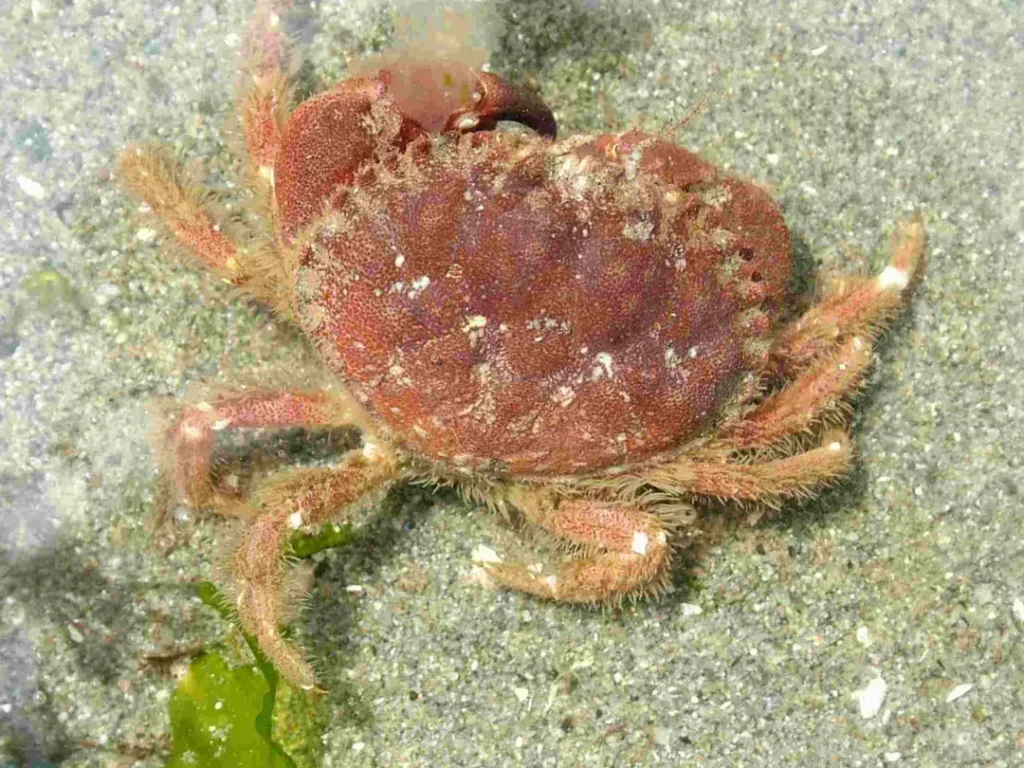
Our local waters are home to three kinds of urchins, named for their color: green, red and purple. They use their spines to move along the rocks and help grab hold of algae to eat.
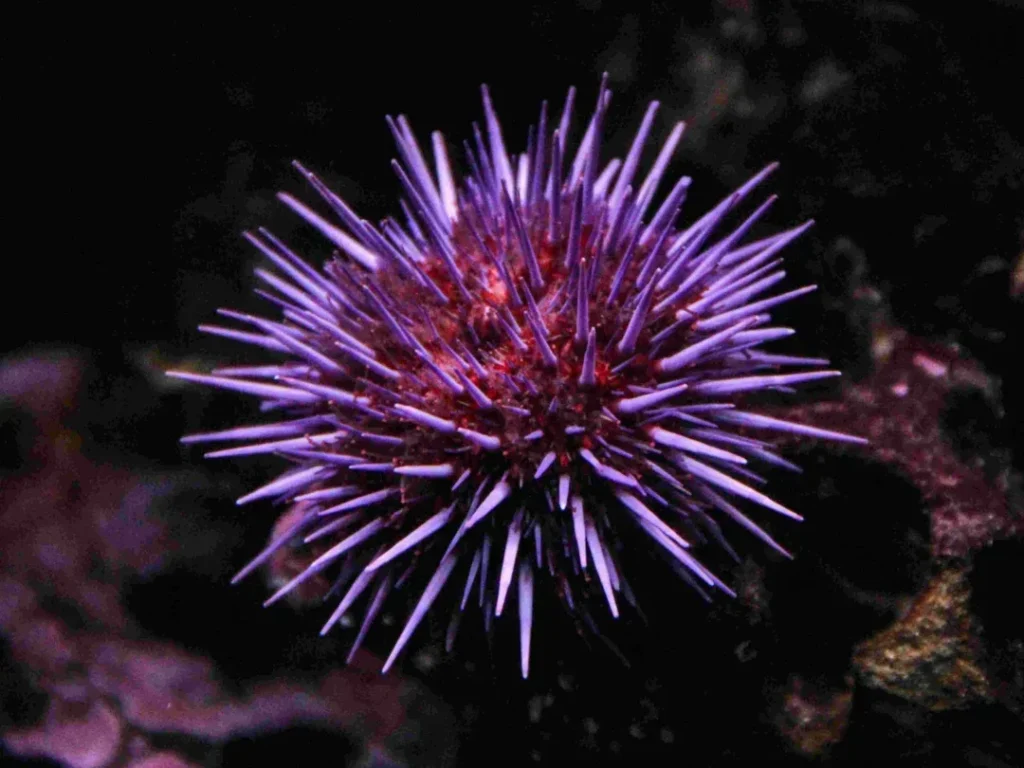
The beautiful, flower-like tentacles of the plumose anemone capture hundreds of tiny plankton to eat. When closed, this anemone may be feeding or just resting after being touched.
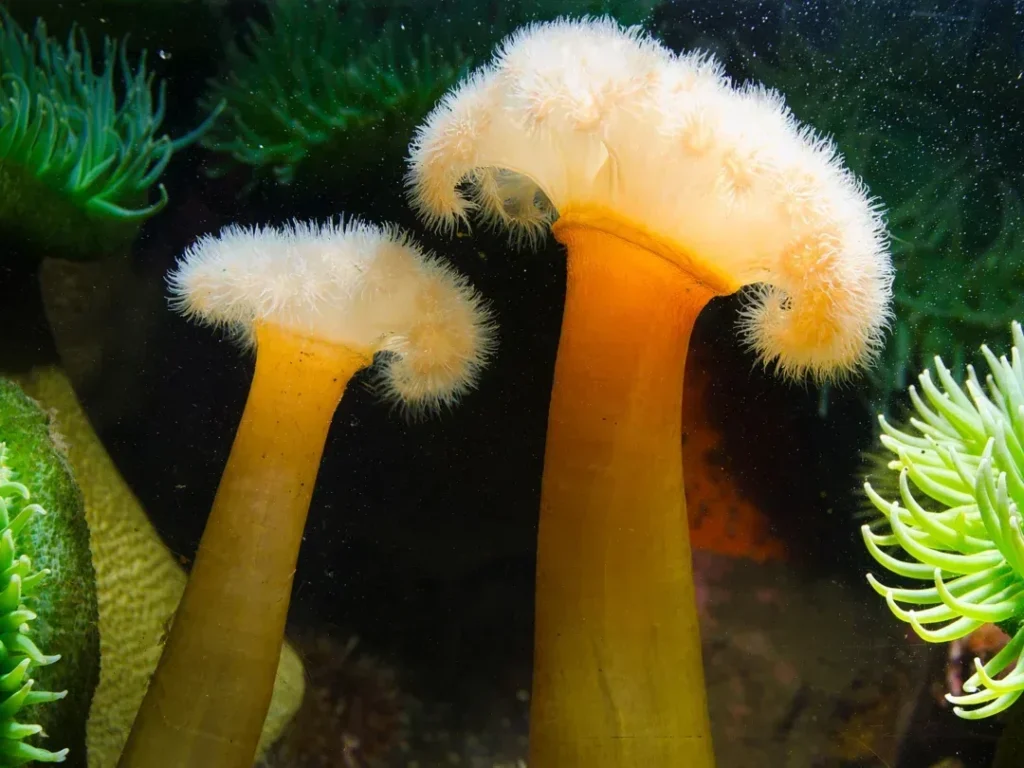
These fish may be red, green or brown. They camouflage themselves with seaweed or hide under rocks, including rocks out of water at low tide—they can breathe air when needed!
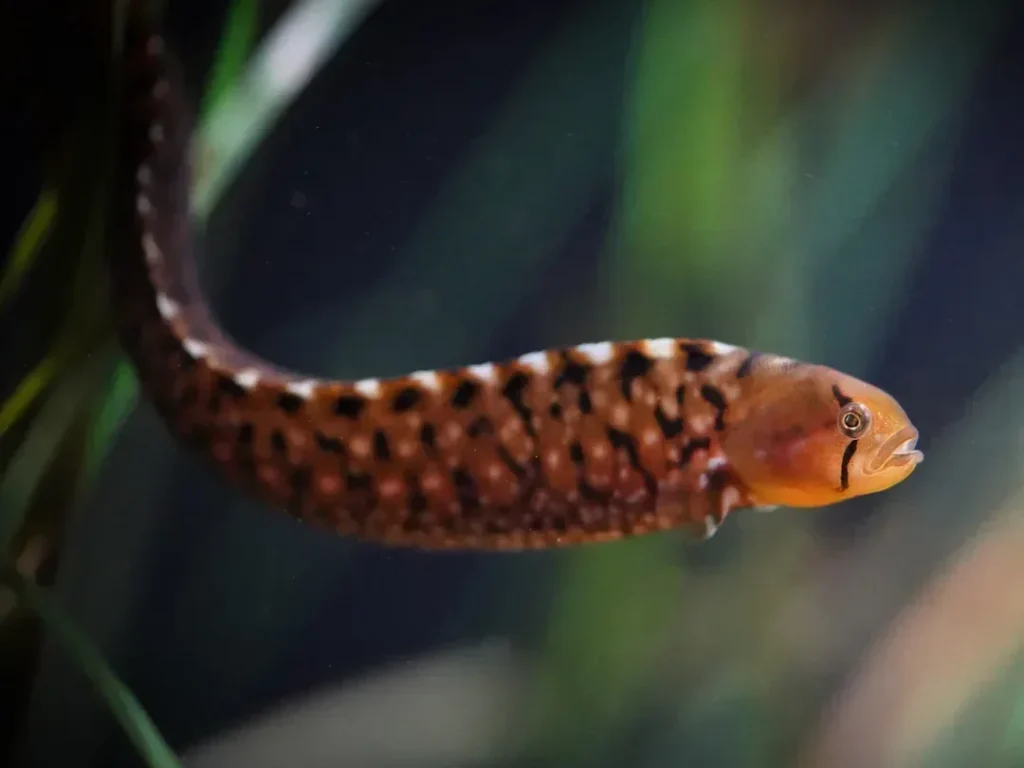
Also known as the Christmas anemone, the painted anemone is common throughout the intertidal zone (the area where the ocean meets the land between low and high tides).
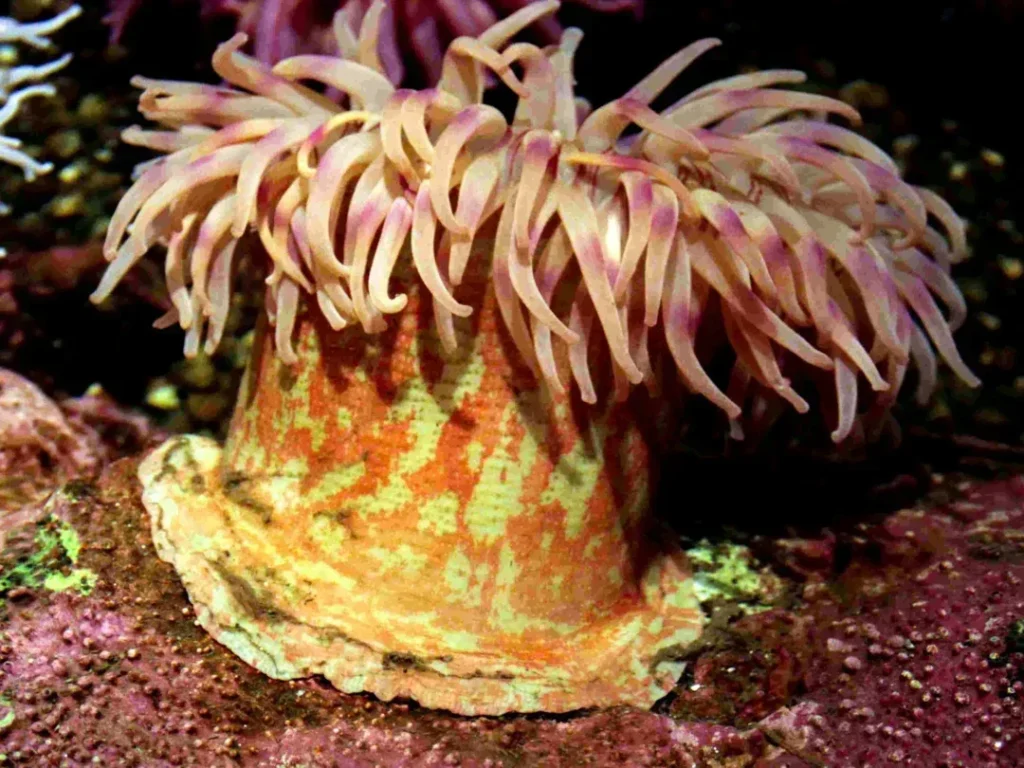
Also known as the burrowing anemone, this species is typically found under a layer of sand or shells. They're known for their distinctive and bright color variations.
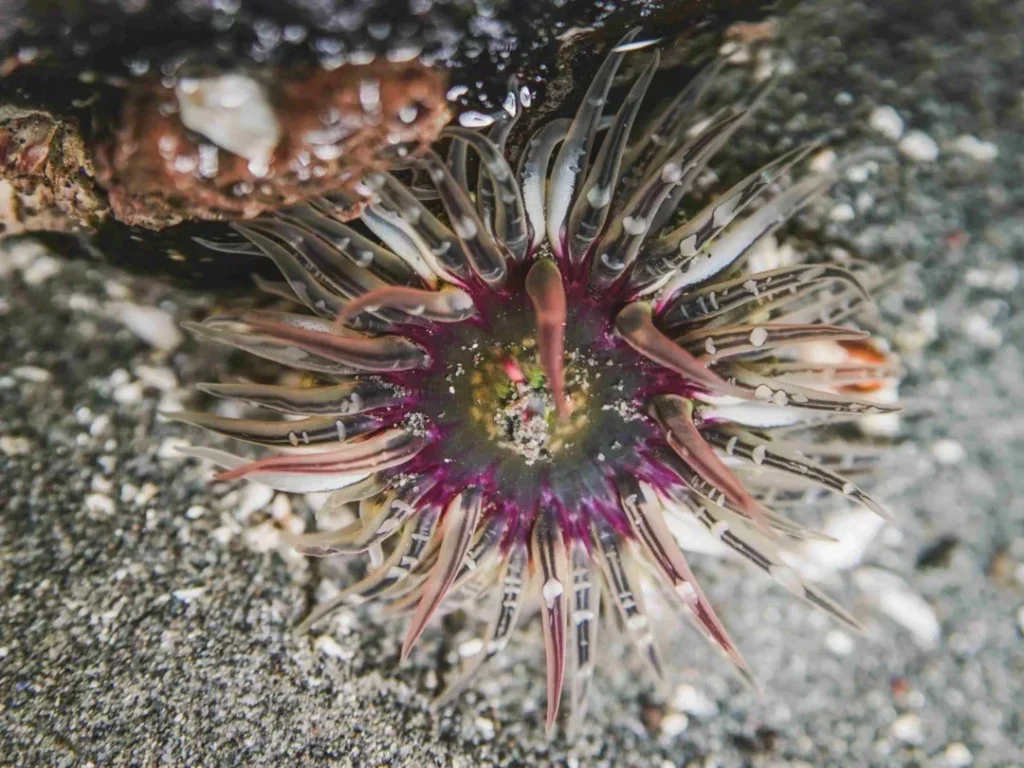
This predatory snail uses its sharp, toothy radula to drill into the shells of barnacles and mussels. It injects them with digestive juices, liquifies them, then slurps them up.
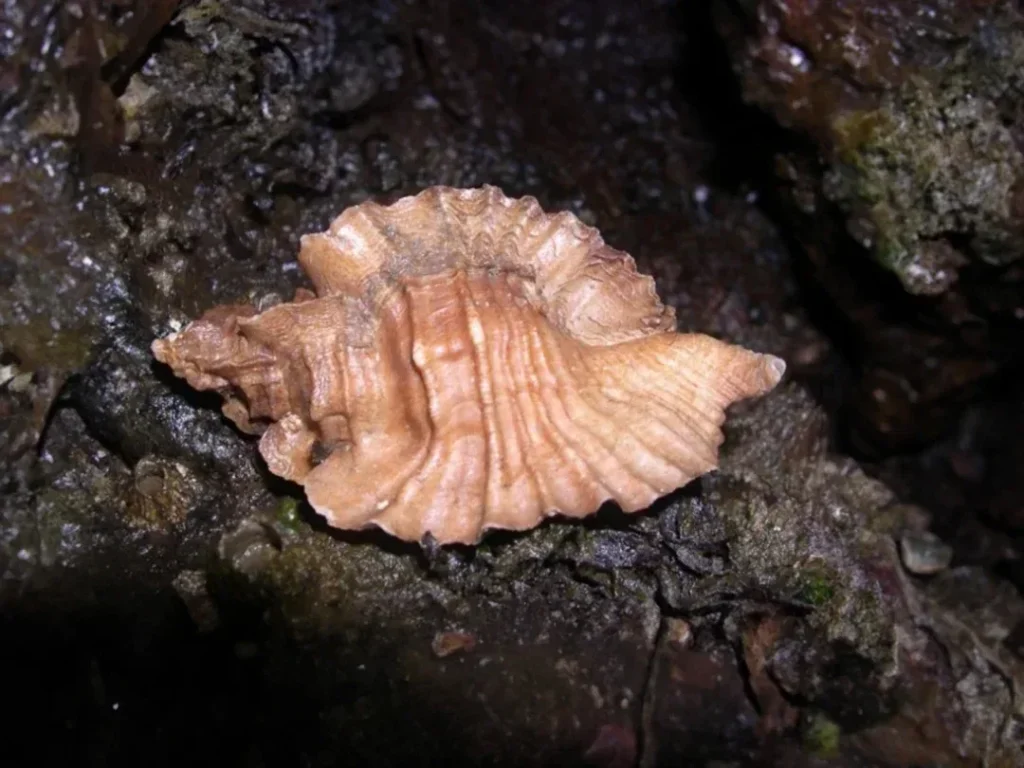
The keyhole limpet often plays host to the symbiotic scale worm. The worm lives in the limpet's mantle and nips at any predatory sea star that tries to make the limpet a meal.
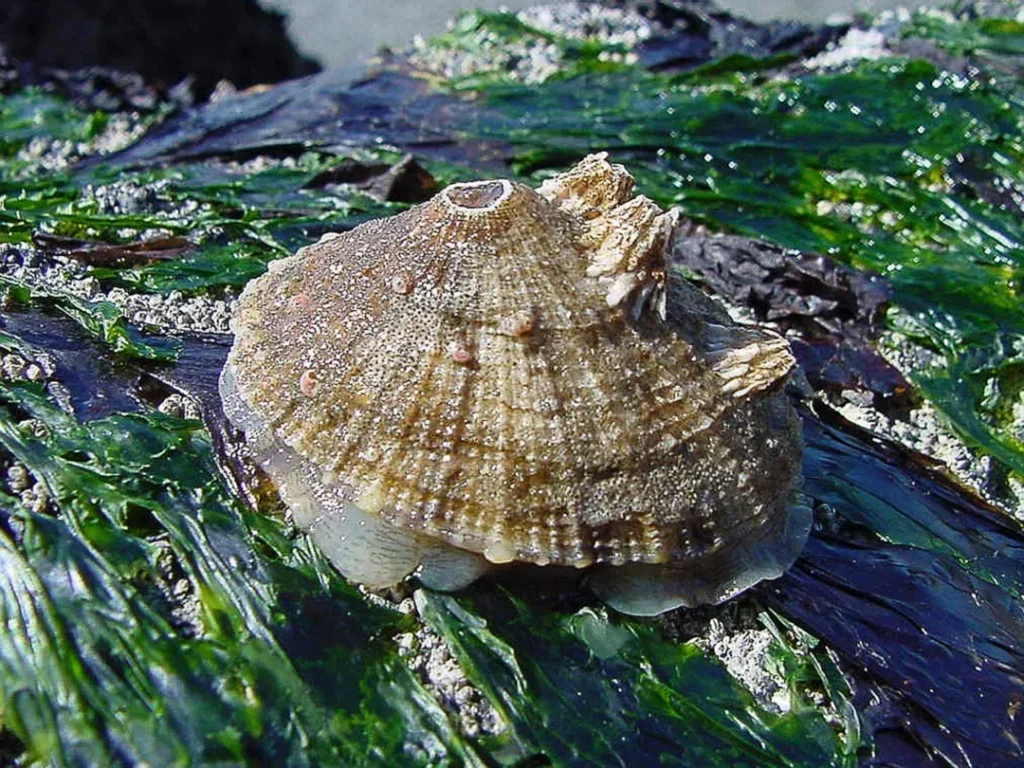
True to its name, this crab is often found among kelp beds. It especially likes bull kelp, which it uses for food and protection from predators.
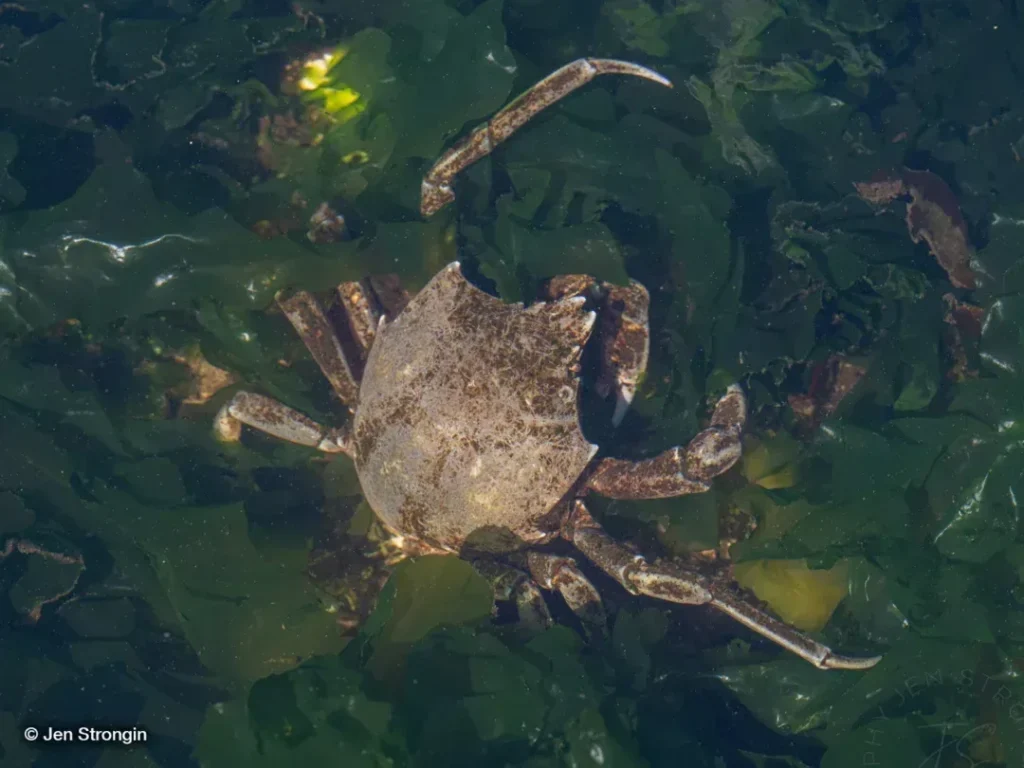
You can spot a variety of marine snails during your visit. The hairy triton is a large, predatory snail that gets its name from the bristly hair-like extensions on its shell.
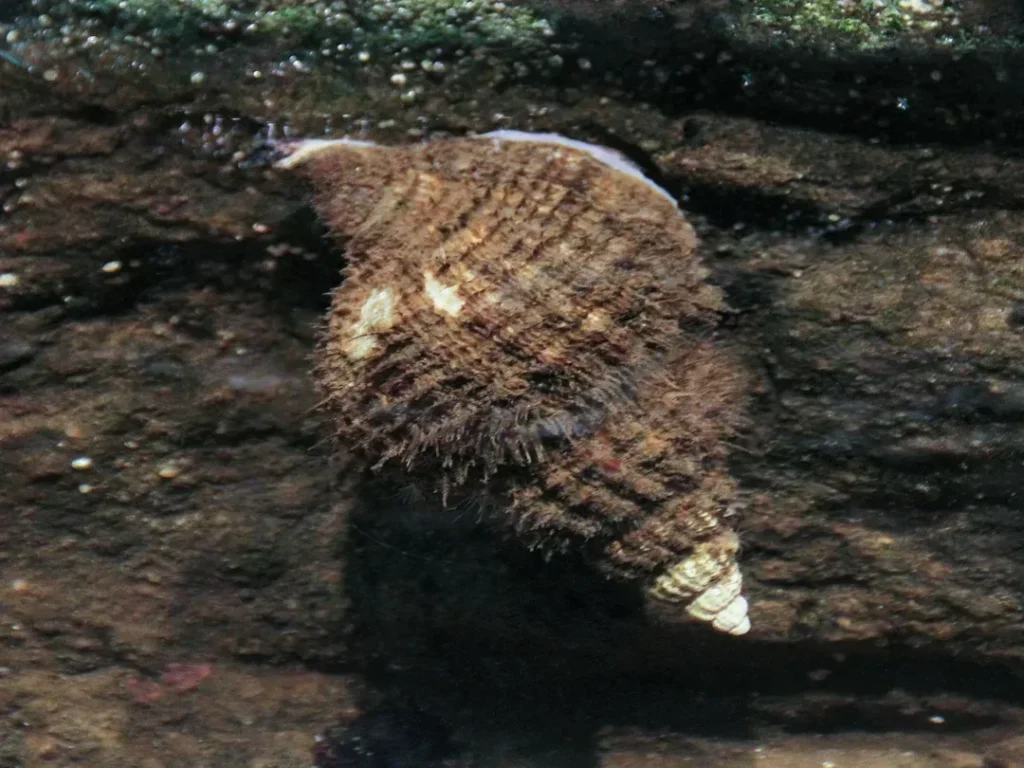
A thick shell earns this species the title of heaviest scallop. At six months old, giant rock scallops permanently attach to the substrate, where they can live for over 20 years.
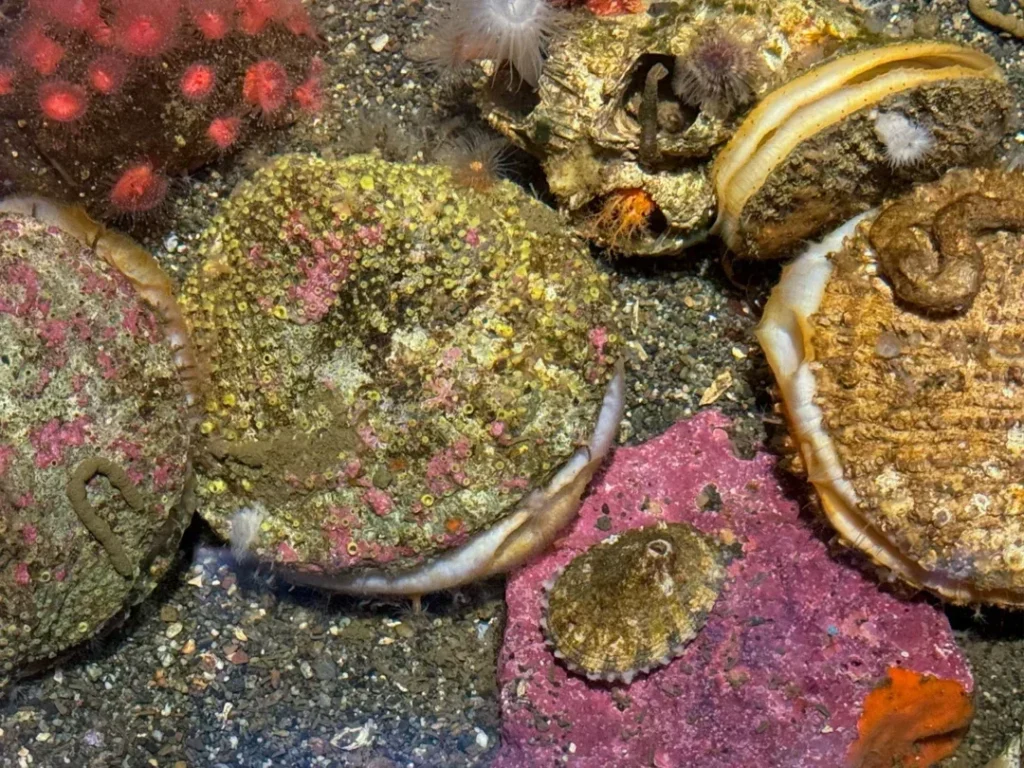
Decorator crabs attach live organisms to their shells as a unique form of camouflage. When they molt, these crabs transfer their companions from their old shell to their new one.
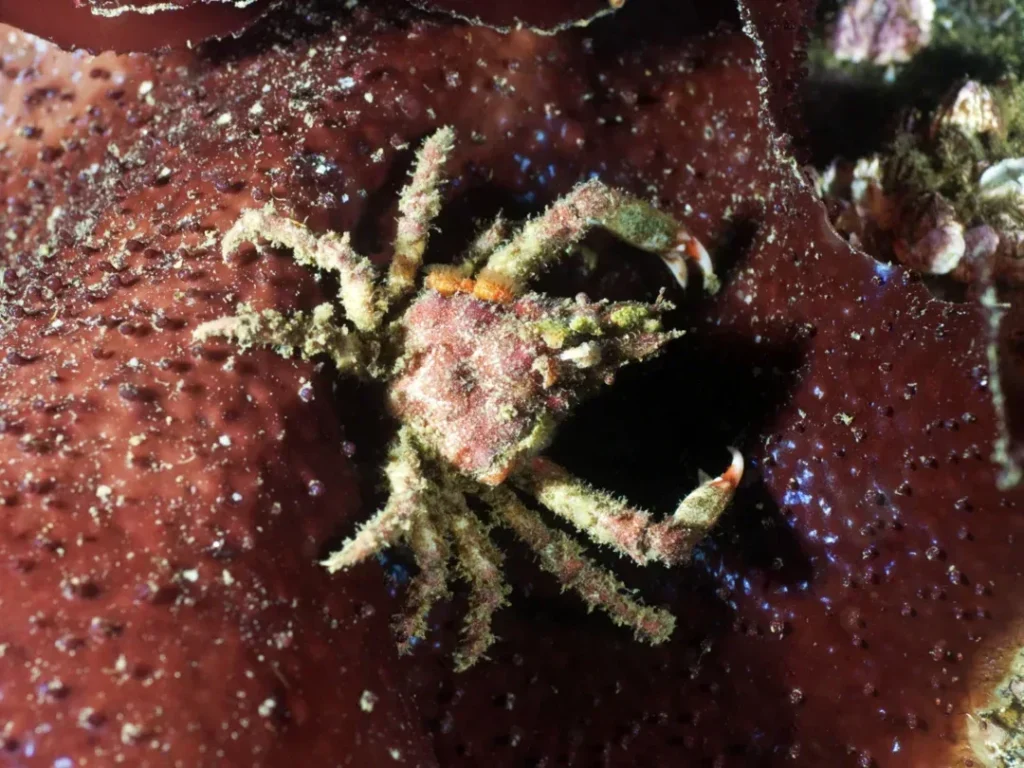
This long, thin fish is known to hide in tide pools or under rocks. Crescent gunnels can spend time outside of water and even breathe air!

This bottom-dwelling fish is found along North America's Pacific Coast, from Alaska to Southern California. Their mottled coloring helps them camouflage on the rocky seafloor.
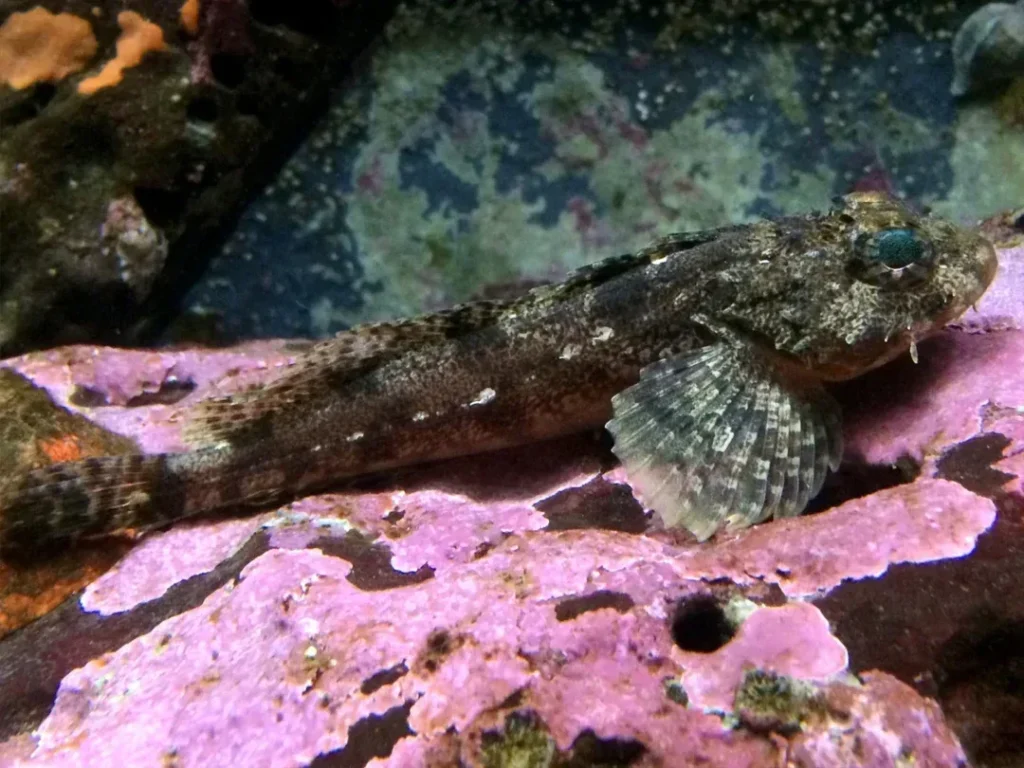
California sea cucumbers help keep the Aquarium and ocean clean. They use their sticky oral tentacles to grab and eat organic waste, like decaying algae or fish poop.
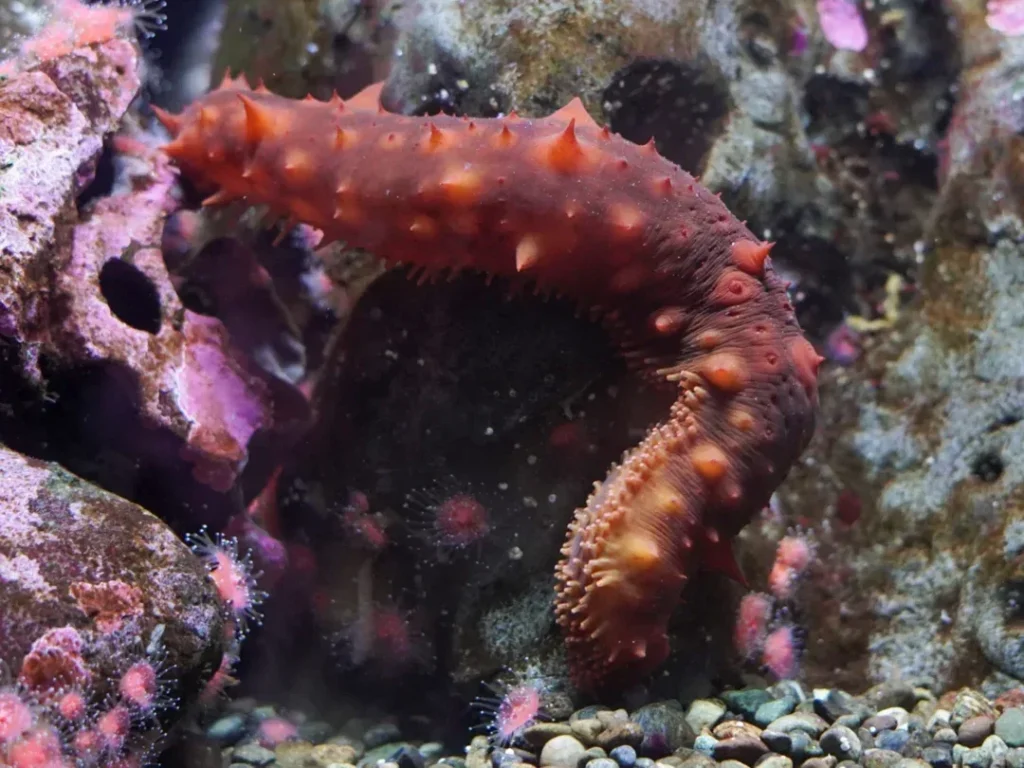
Get up close and personal with the charming inhabitants of Washington’s tide pools. Here’s your chance to get a “hug” from a sea urchin, gently pet a sea cucumber or connect with an anemone. Whether you choose to dip a hand in or stay dry, there’s lots to learn and explore here! Knowledgeable habitat interpreters are close by to answer your questions.
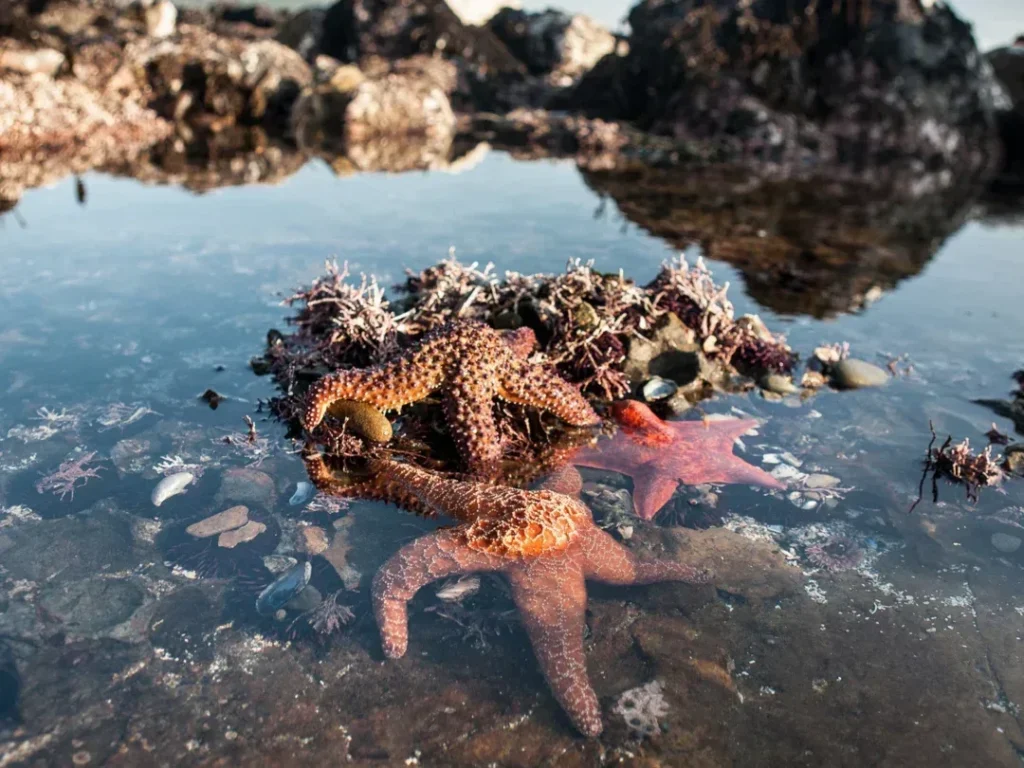
Rising ocean temperatures: The ocean absorbs most of the heat caused by greenhouse gases, which has led to warmer waters and marine heat waves. These have widespread effects across marine ecosystems, including loss of habitats, unexpected migration and more extreme weather. Bull kelp and corals are particularly sensitive to changes in ocean temperature.
The Aquarium’s touch pools are designed to reflect the tide pools of Washington’s outer coast and inland sea. Invertebrates—cold-blooded animals lacking a backbone—are common in tide pools. Sea urchins are among the many invertebrates in the Aquarium’s touch pools. Look for urchins on the habitat’s glass and you may be able to see their five pointy teeth!